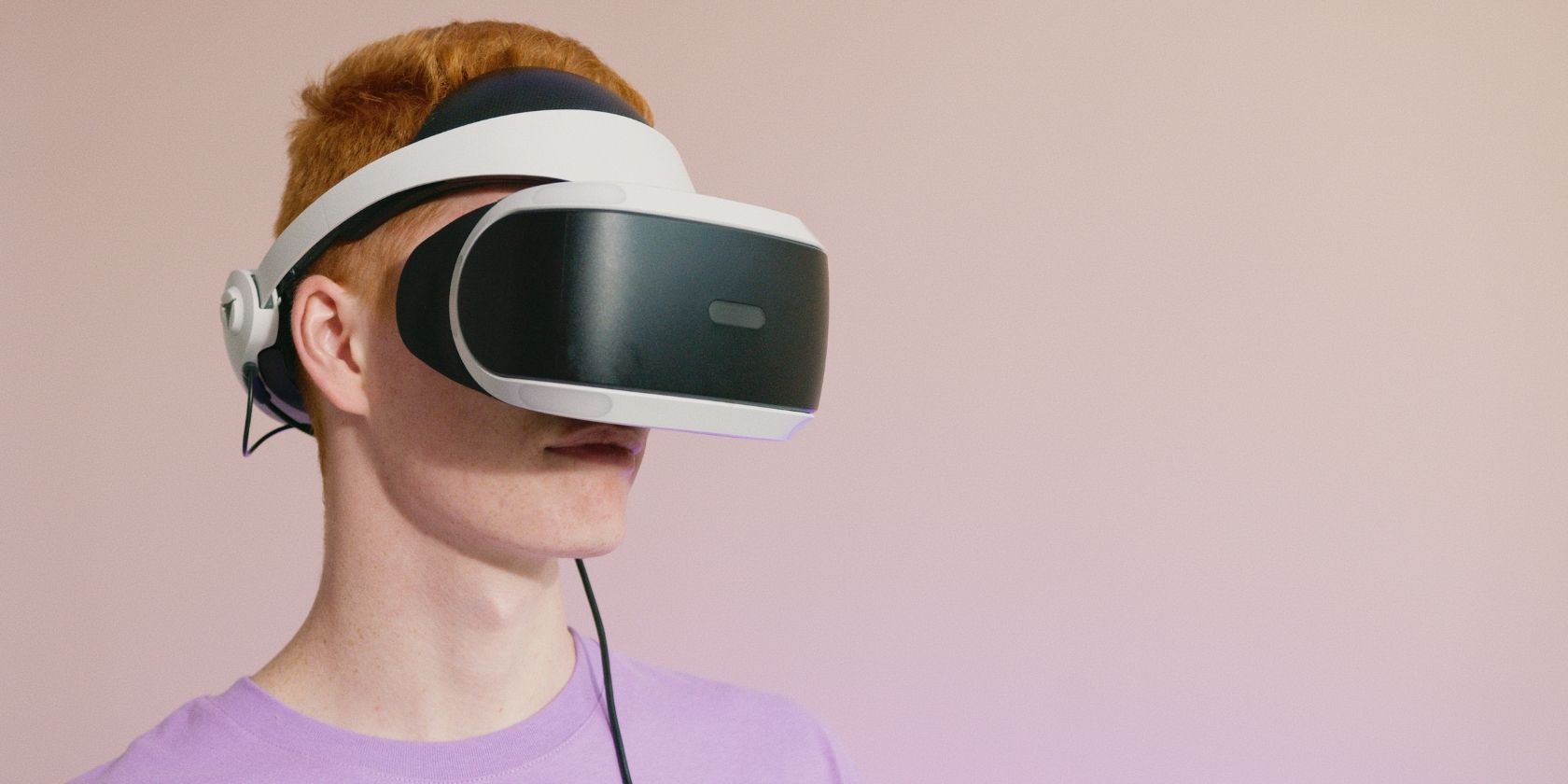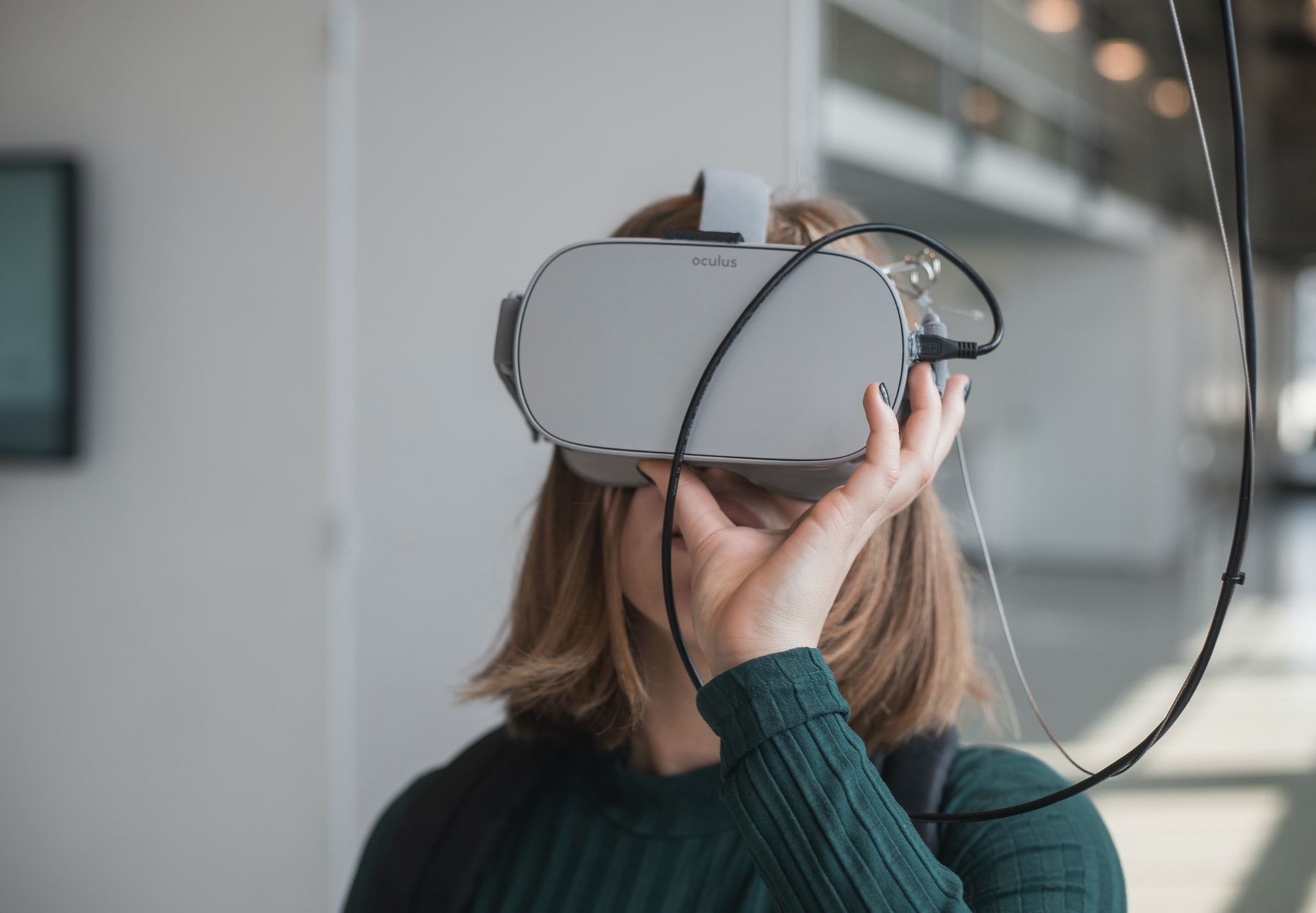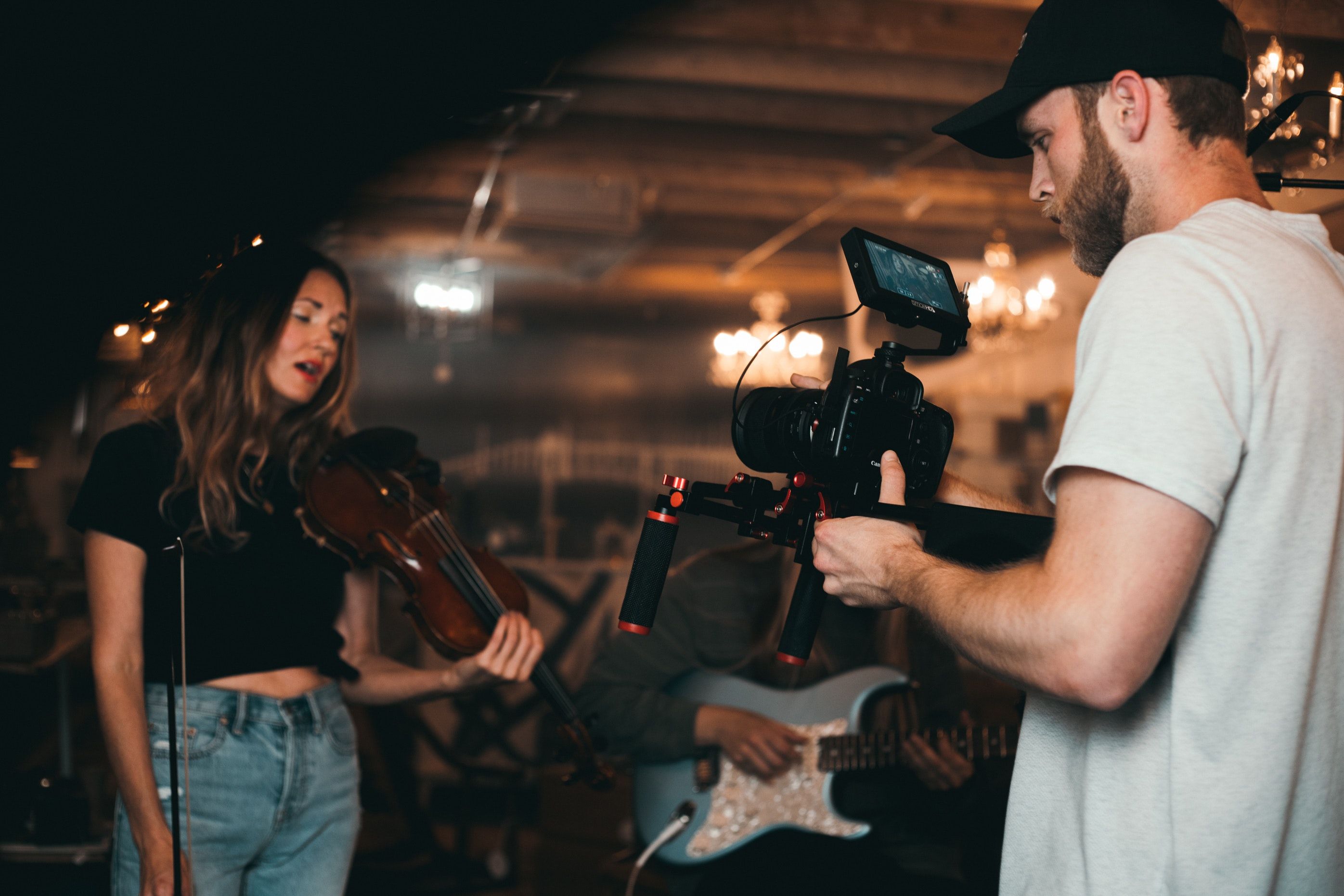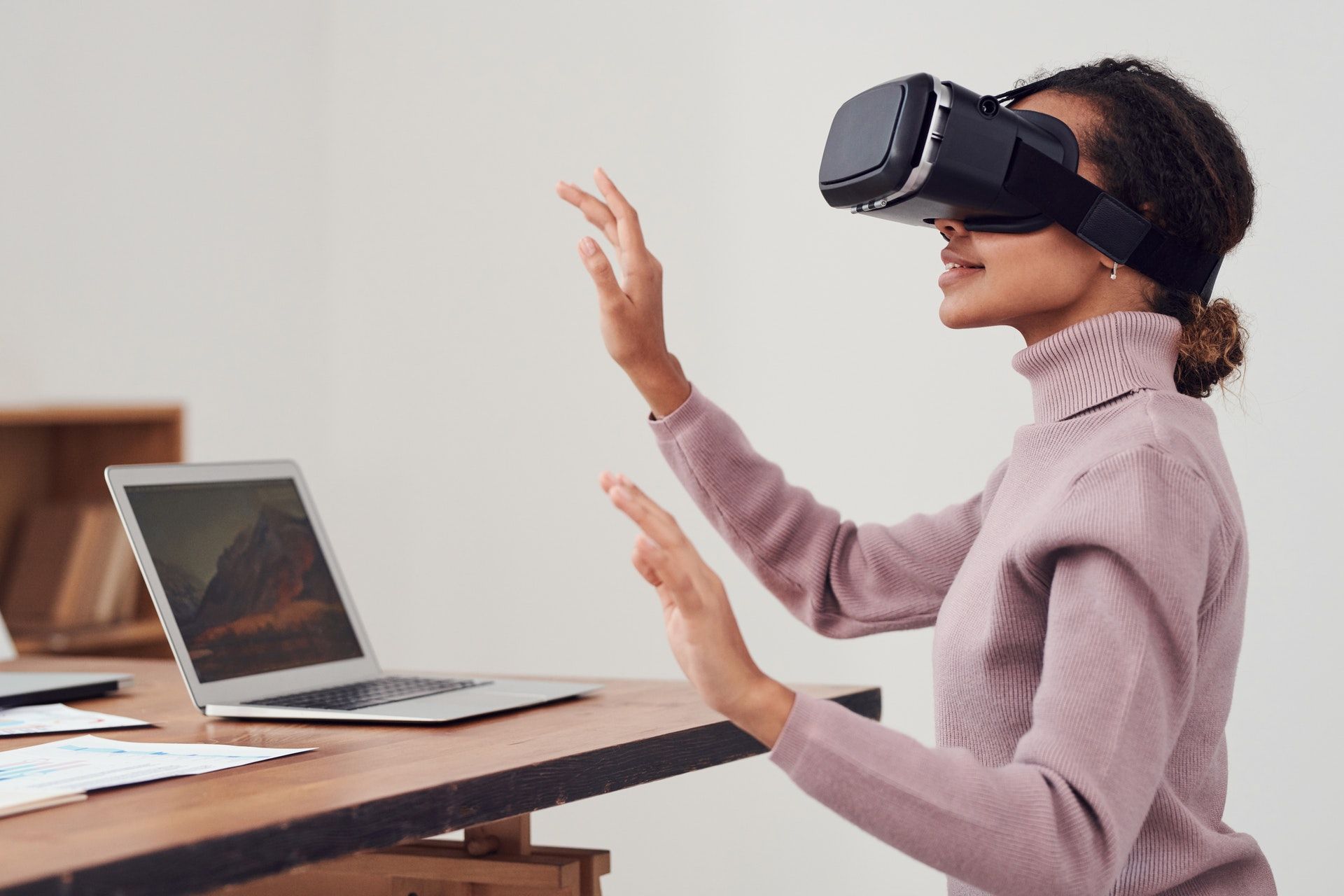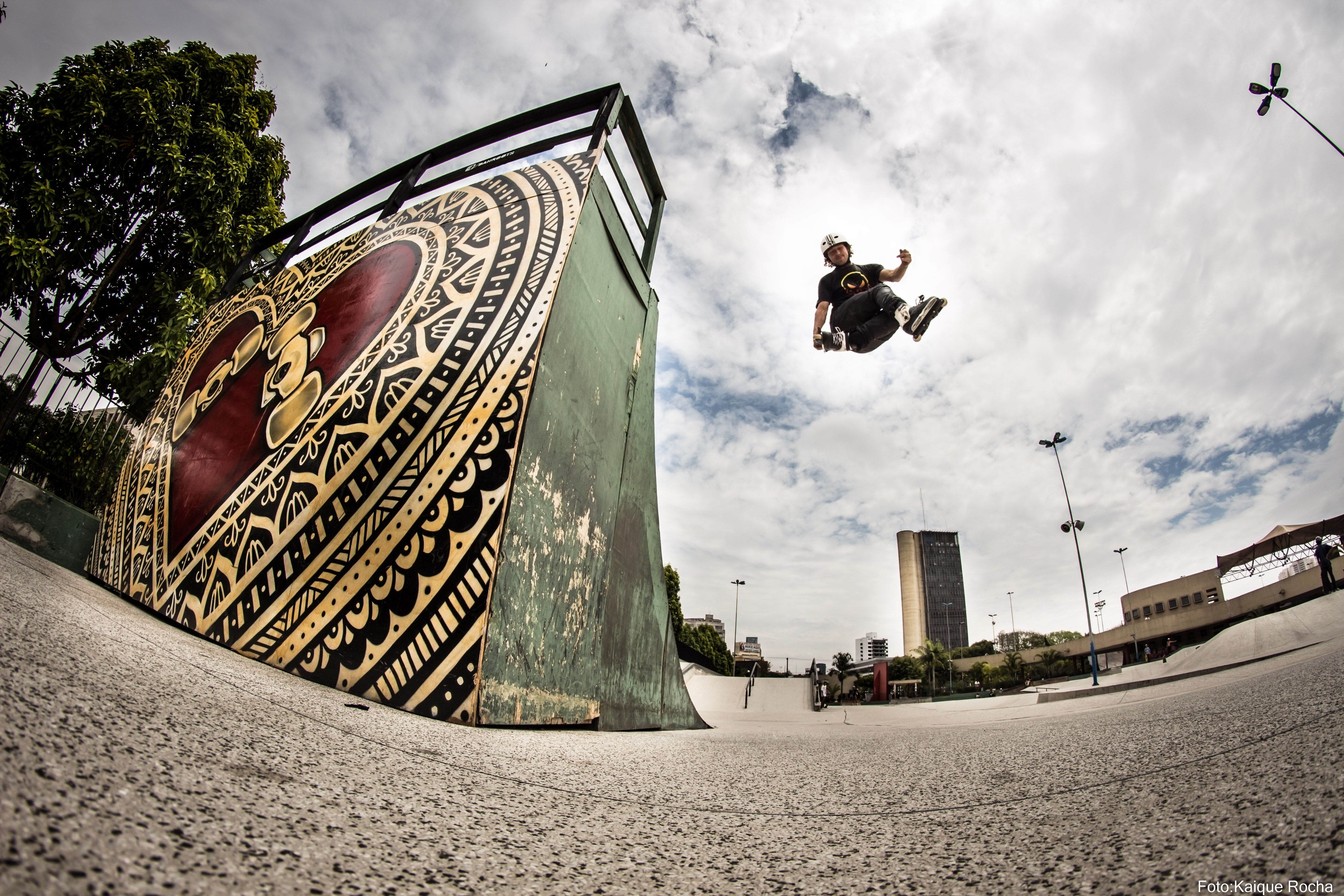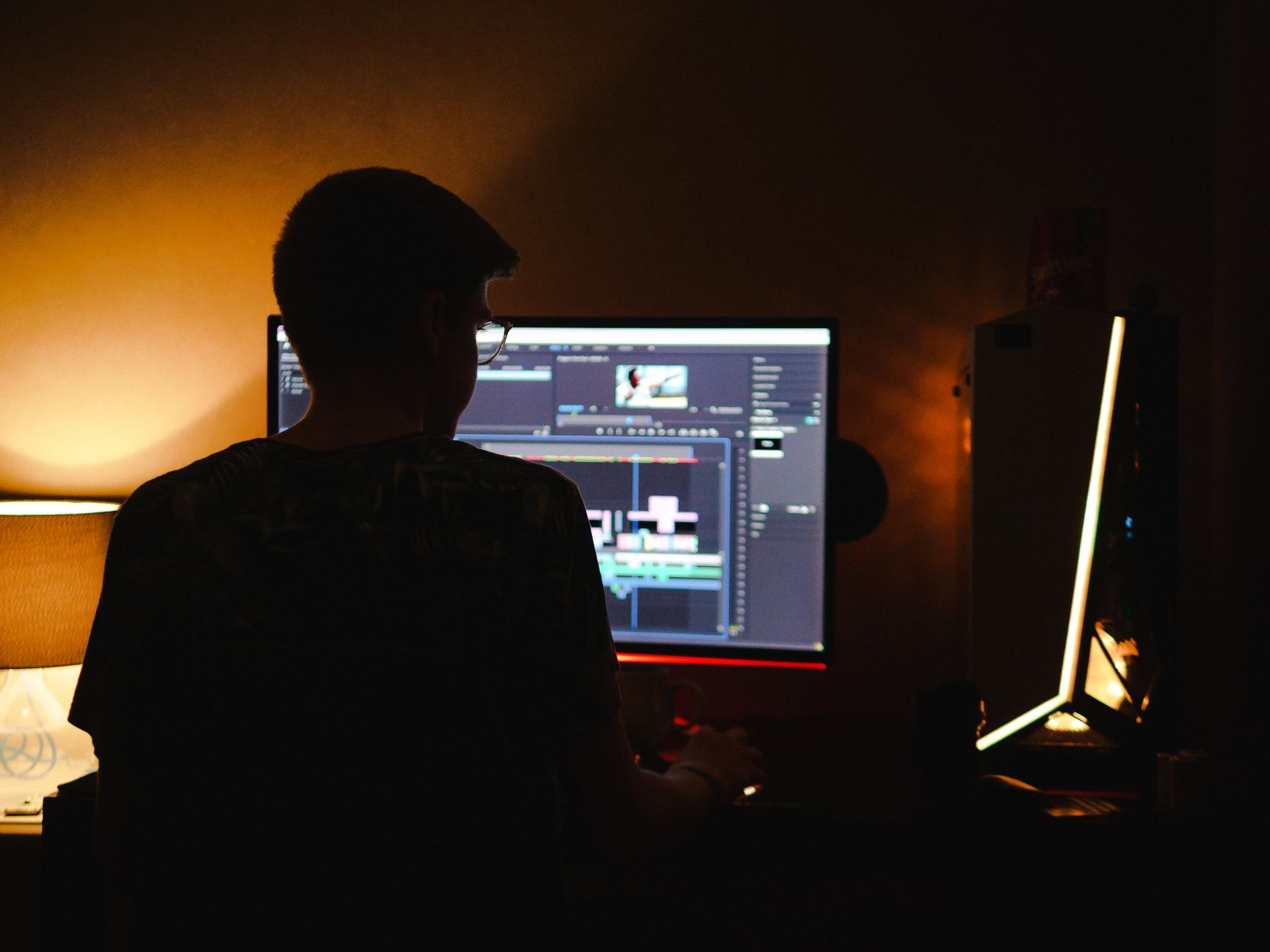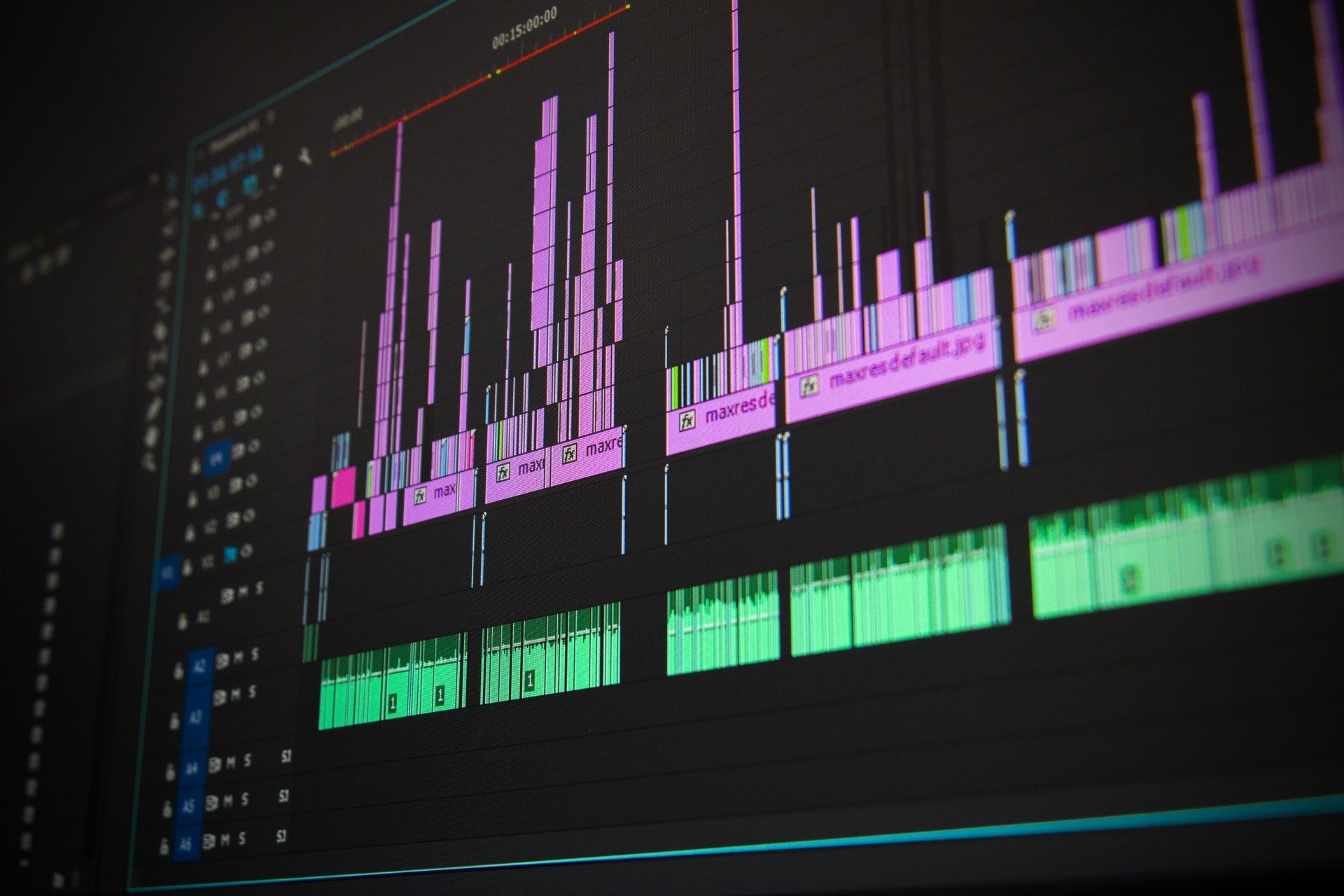Shooting a 360-degree video is unlike any other video recording process. It puts the viewer right in the middle of the action, making the shooting experience rather unique.
Here are some essential tips you need to keep in mind when creating your own 360 videos.
1. Lead the Viewer's Eyes
When watching a regular video, the director shows you to see exactly what they want you to see. This makes it easy to highlight important parts of a video.
The problem with this method when creating a 360 video is that people can look wherever they want. They don't have to stare at one section—they can wander off into other areas of the shot. In order to better guide your audience, you need to lead their eyes to specific places.
For example, if you want your viewer to look forward, use forward movement with the camera so the viewer will feel like they are going to miss something if they look back.
Another way to direct a viewer's eyes is by having the rest of the cast look in the same direction. If everyone is staring at the same object or person, it's likely the viewer will do the same. This will help you keep your viewers' focus.
2. Keep the Point of Interest Consistent
Think about when a movie or show cuts to a new scene and what the focus of that scene is. Very rarely do directors cut to a new scene without the main focus being at the center of the screen.
With 360 videos, it's even more important to keep the point of interest at the center of your screen. If a viewer has been guided to look in a specific direction, and then your next scene cuts 180 degrees in the other direction, your viewer will be lost. They will still be looking the wrong way and will struggle to find the point of interest.
Don't make your audience search for the point of interest. They should be able to immediately recognize what the focus is.
3. Acknowledge the Viewer
When you are casually watching a video, you may never think that the video needs to acknowledge you. That's because you aren't actually part of the experience—you are watching from a distance. With 360 videos, your viewer is thrown right into the middle of a scene. Without some recognition of that fact, you could be alienating your audience.
One solution is to talk to your audience directly so that they feel included. But there are other tricks as well.
You can add a body to your viewer so when they look down, they see what they would normally see in real life. Giving your viewer a body might acknowledge them, but it doesn't explain why they can't move or speak. Any story you create needs to validate the experience of your viewer. This will help them have a more authentic experience.
4. Use a Fisheye Lens
Using a fisheye lens when filming your 360 videos is going to save you a lot of time in the long run. Not all cameras that record 360 videos will need a fisheye lens, as some have their own software that creates the same effect.
If you use a DSLR that wasn't made to create 360 videos, you will need to take several pictures and edit them together to get the full experience. Without a fisheye lens, you will have to take many more pictures. This is because your camera won't have as wide of an angle to work with.
Attaching the fisheye lens to your camera will ensure you don't need as many photos for the same video. It will save you time from long hours of editing.
5. Get Rid of Stitch Lines
As mentioned above, after you record your 360 videos, you will need to edit the images together in a process called stitching. Stitching works in the same way that maps do. You take several images that create a 3D space, flatten them out, and then piece them together to make a single video.
The only problem with the process is that you can sometimes get stitch lines. These lines overlap specific parts of the image, creating problems in your finished product.
Stitch lines can distort your video, ruining the immersive 360 experience. Take extra time when editing your videos to ensure your stitch lines aren't showing. This way, no matter where your audience looks, they will have an unbelievable experience.
6. Add Spatial Audio
It's one thing for your audience to be able to look all around your video in 360 degrees, but it's another for the audio to also be 360 degrees. Normal audio in videos only comes at us in one direction, but with spatial audio, you can create a real-life scenario.
Spatial audio uses volume and directional audio to recreate how we experience sounds in the real world. For example, if you are walking down the street and a dog barks on your left side, you will hear it more clearly in your left ear and more faintly in your right ear.
When you add spatial audio to your 360 videos, it will mimic exactly what it would sound like in real life. When your viewer turns around in your video, the entire sound collage should be changed according to the direction they are looking.
7. Stabilize Your Videos
When someone records a shaky video with their phone, it's hard to watch, and may even cause motion sickness. Now, imagine this experience when you are fully immersed in a 360-degree video.
To avoid giving your audience motion sickness, you need to stabilize your videos using a video editing software. Stabilization automatically stabilizes your video regardless of how shaky your recording may be.
You will have a better chance at keeping your audience engaged if you use stabilization. In case you don't have video editing software that can do this, you can also purchase equipment that holds the camera steady while you move.
Shooting a Great 360 Video
Recording a 360 video isn't anything like shooting a typical video. It requires new methods that go beyond the conventions of traditional videos. You'll need to acknowledge that your audience is playing an active role in your video and make their experience enjoyable from all angles.

